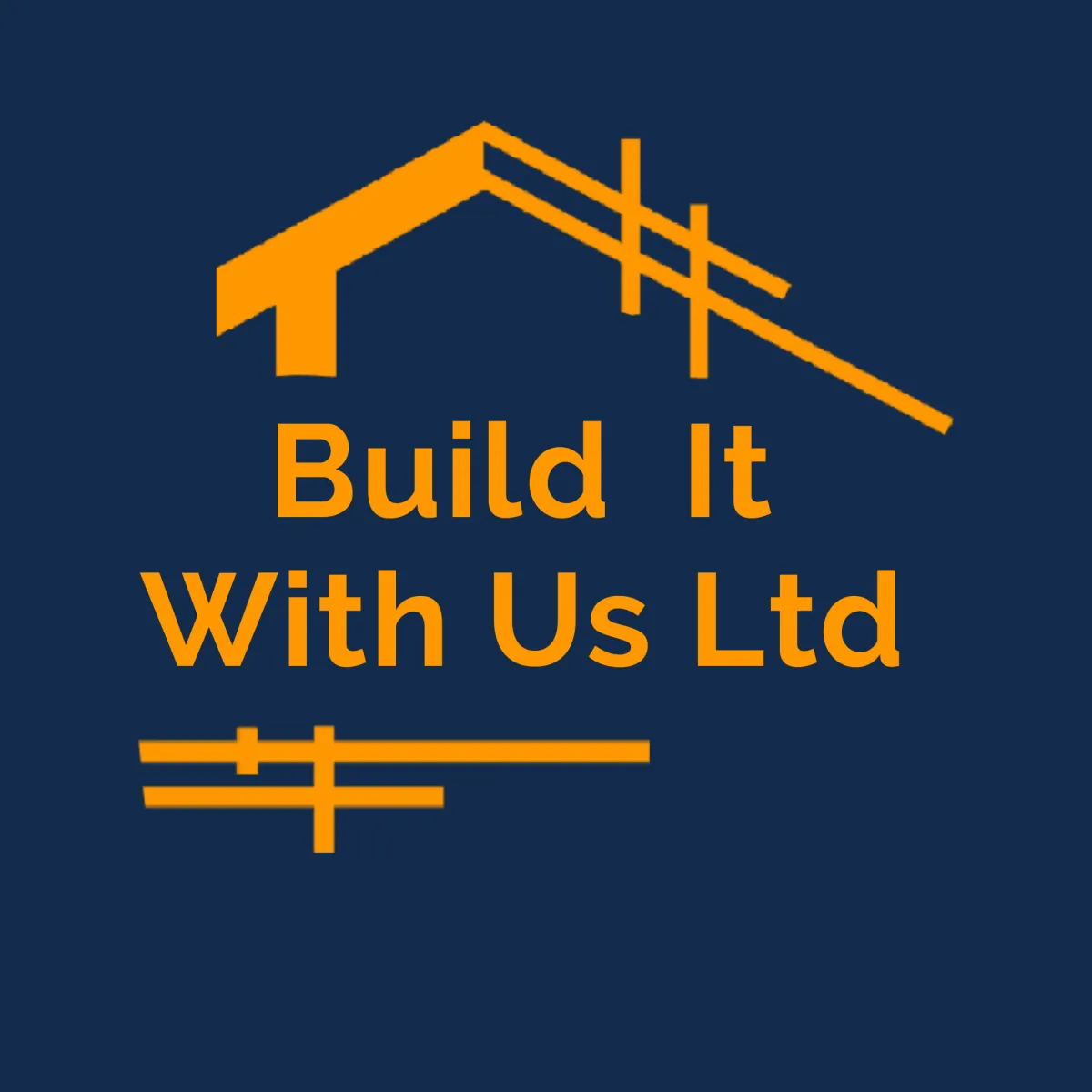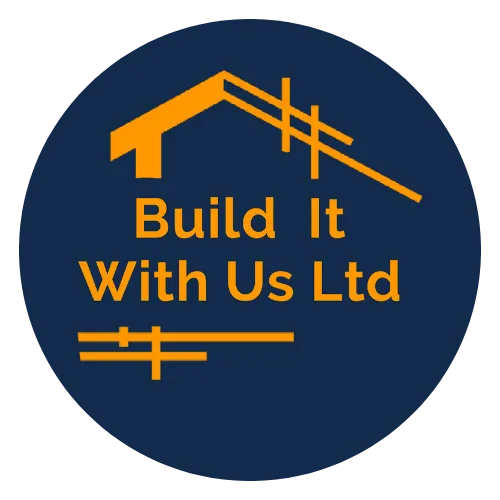We use cookies to improve your experience on our site. By using our site, you consent to the use of cookies. Rejecting cookies will prevent non-essential cookies from loading. Learn more
Our Blog

Budgeting Ideas for Your New Home Build: Hidden Costs To Consider
Introduction:
Your new home build budget should be carefully planned. It’s easy to allow inspiration,
creativity and excitement to run away with your emotions- after all, this is your dream
home we’re talking about- but your head must rule your heart when financing this
exciting project.
There are so many different elements to think about- not least, whether you’re going to be able to
fit your massive American freezer into your fancy new kitchen.
Then there’s tiles and windows, and energy-saving this and eco-friendly that, and facing east to
catch the morning sun, or west to catch the evening sun……
And should you spend so much money on the garage? Do you even need a garage?
Which child gets the biggest bedroom…will you need more bedrooms?
What if your mother moves in?
BOOM!!!! Your new home budget can quickly go bust if you don’t approach it correctly. Having seen
many new home projects through from beginning to end, we’ve put together this guide to help you
keep the finances on track, and your finances under control. So, let’s get started!
Step One: Set realistic expectations for your home build budget
Many first-time builders underestimate the total costs involved. Start by researching average costs
per square foot in your area and factor in additional expenses beyond just construction. Be prepared
for unexpected costs and allow for a contingency of at least 10% of your total budget.
Step Two: Break down the major cost categories
Here’s a list of the major cost categories in a home construction project:
Land acquisition
Site preparation
Foundation
Framing
Exterior finishes
Interior finishes
Mechanical systems (central heating, plumbing, electrical)
Landscaping
Understanding these categories helps you allocate funds more effectively. For example, the
foundation and framing often account for a significant portion of the budget, while interior finishes
allow for more flexibility in spending.
Step Three: Identify the hidden costs and contingencies to factor into your new home build budget
Beyond the obvious construction costs, there are several expenses to consider. Discuss these factors
with Ross and Mike here at Builditwithus.Ltd by contacting them here:
You will need to consider:
Permit fees and inspections
Architectural and engineering fees
Survey costs
Temporary utilities during construction
Insurance
Property taxes
Even when you think you’ve thought of everything, it’s important always to include a contingency
fund of 10-20% to cover unexpected costs or changes during the build. It’s better to
overcompensate than find yourself short of money to complete your project to the standard you
need.
Step Four: How to estimate and control material costs:
Material costs can fluctuate significantly, impacting your budget. To manage this:
- Get multiple quotes from suppliers
- Consider bulk purchases for discounts
- Look for alternative materials that offer similar quality at lower costs
- Time your purchases to take advantage of sales or off-season pricing
Bear in mind that choosing higher quality materials upfront can lead to long-term savings in
maintenance and energy costs.
Build It With Us Ltd works with the best local suppliers to ensure that materials are purchased at the
most competitive prices from local suppliers, only dealing with reputable local suppliers who supply
the highest quality building materials for any of their building projects.
Step Five: Figure out your Labour Costs and Budget for them Effectively
Typically, you should expect that 30-50% of your new home build budget will be spent on labour.
Therefore when you’re considering how this significant portion of your budget should be allocated,
you should consider these factors:
- Get detailed quotes from contractors
- Consider the complexity of your design - intricate details require more skilled labour
- Decide whether to hire a general contractor or manage subcontractors yourself
-Having multiple contractors involved in the project. Using multiple contractors can cause delays,
increased expenses and communication errors. Frequently the work of one contractor can be
delayed by waiting for another to be present onsite, or to complete a job.
Remember that the cheapest option isn't always the best - skilled labour can save money in the long run by reducing errors and rework.
Ross and Mike at Build It with Us have completed many new builds and have expertise in building
new homes from the groundwork up. The only other contractors you’ll need to complete your new
home would be certified gas and electrical engineers, who Build It with Us will provide for you.
Ross and Mike will work through your whole new home build, from the blueprint to reality. This
reduces the headaches caused by delays and miscommunications which can characterise working
with multiple trades.
Step Six: Consider the impact of location and site preparation on your new home build budget.
Your chosen location significantly affects your budget, so thorough research is required before any
project can be considered. Bear in mind:
Land costs vary widely by area
Site preparation can be a major expense, especially for sloped or difficult terrain
Consider access to utilities - connecting to distant services can be costly
Local building codes and regulations may require specific (and potentially expensive)
features
Therefore it’s vital to carry out a thoroughly assessment of any potential sites and factor these costs
into your initial budget to avoid surprises later.
Step Seven: Financing options and budgeting for interest/loan costs
Most people need to seek finance for their new home build. When budgeting, consider:
Different types of construction loans and their terms
Interest rates and how they affect your overall budget
Closing costs and fees associated with financing
The possibility of rate changes during the build process
And don’t forget that contingency fund, to cover unforeseen costs.
Work closely with a financial advisor or mortgage specialist to understand all costs associated with
financing your build.
Step Eight: Consider Energy efficiency investments and long-term cost savings
With energy prices being what they are, it’s important to factor in energy efficiency factors into your
new home build budget. Not only will this save you money in the short term, but an energy-efficient
home is a much more desirable proposition for future buyers.
Where your budget will allow, consider installing the most energy efficient windows, insulation and
heating systems. Even though they may initially seem more expensive than their less energy-efficient
counterparts, these measures will pay you back over the years, and even increase the value of your
new home.
Investing in energy efficiency can increase upfront costs but lead to significant long-term savings:
High-quality insulation
Energy-efficient windows and doors
Solar panels or other renewable energy systems
Smart home technology for optimized energy use
Calculate the potential return on investment for these features to determine if they fit within your
budget and long-term financial goals.
If you are unsure about these choices, discussing your plans with your architect and Build It With Us
can help you to make the correct decisions for your particular build, budget and requirements. The
choices can appear overwhelming, so it’s vital to seek advice from building professionals.
Step Nine: Balancing wants vs. needs when allocating your budget
Take your time with this one, because this is where you can easily bust your new home build budget!
Sit down and think through your genuine priorities by creating a list of must-haves vs. nice-to-haves.
Consider which features add the most value to your daily life: which rooms you are likely to be
spending most of your time in, for example.
Look to the future and think about potential resale value- in other words, which features will add
value to your home should you decide to put it onto the property market further down the line.
It’s also important to be prepared to make trade-offs - splurging in one area may mean economizing
in another. Remember that some features can be added later, while others are much harder to
change post-construction.
Step Ten: Utilise Tools and software for creating and managing a home build budget
Luckily, there is a wide range of software on the market to help you with the headache of budget
allocation and number crunching when you’re planning your new home build budget.
A good place to start is to enter your numbers into spreadsheet software like Excel or Google Sheets
for basic budgeting. For a specialised software aimed at self-builders, you could look at installing the
Build It app, https://www.self-build.co.uk/app/. There is a monthly subscription, but it covers issues
associated with planning new builds, such as materials advice, planning and budgeting.
These tools can help you stay organized and make informed decisions throughout the build process.
In conclusion, creating and sticking to a home-build budget requires careful planning, research, and
ongoing management. By considering all aspects of the build process, from land acquisition to final
finishes, you can create a realistic budget that helps turn your dream home into reality.
Remember to stay flexible and communicate openly with your financial advisors throughout the
process. With proper planning and management, you can navigate the challenges of home building
while keeping your budget on track.
If you would like help in planning, budgeting and ultimately building your dream new build home,
then schedule a call today with Ross and Mike at Build It With Us Ltd.
Citations:
[1] https://onebasemedia.co.uk/construction-blog-topic-ideas/
[2] https://www.housebuild.com/inspiration/stories/budgeting-your-self-build
[3] https://www.buildxact.com/uk/blog/the-smarter-way-to-create-a-construction-budget/
[4] https://www.suffolkbuildingsociety.co.uk/blog/how-to-budget-for-a-self-build/
[5] https://www.meadowlarkbuilders.com/blog/building-a-custom-home-the-budget-breakdown
Address
7 Quentin Gardens, Cumwhinton,
Carlisle CA4 8FB

Quick Link
Home-------About Us
Service-----Contact
Blog---------GDPR
Gallery----
Working Hours
Mon-Sat: 8:30 AM – 5 PM
Sunday: closed
